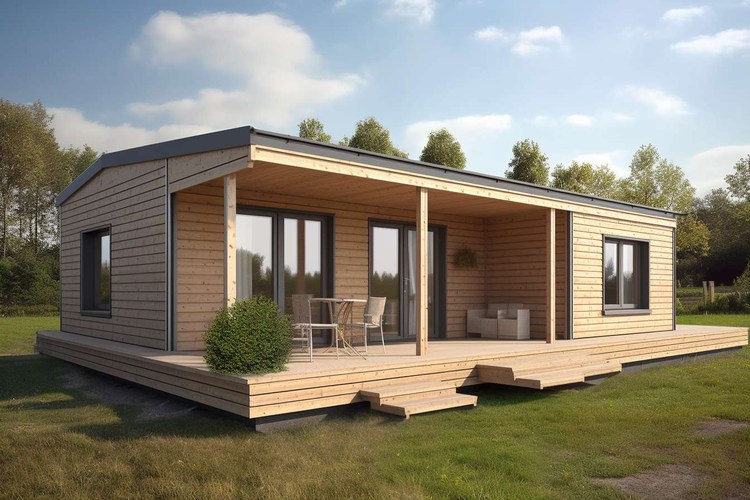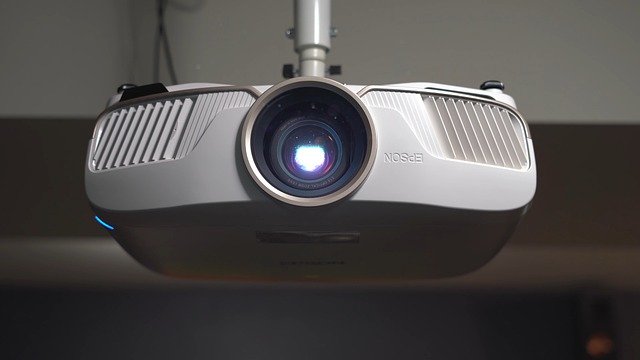The Rise of Tiny Houses: Embracing Minimalist and Sustainable Living
The tiny house movement has gained significant traction in recent years, offering a unique solution to the challenges of modern living. As housing costs soar and environmental concerns grow, many people are turning to these compact dwellings as a way to simplify their lives, reduce their carbon footprint, and achieve financial freedom. This article explores the concept of tiny houses, their benefits, and the impact they're having on housing and lifestyle choices.

How do tiny houses promote sustainable living?
Tiny houses are at the forefront of the sustainable living movement. Their small size inherently reduces energy consumption for heating, cooling, and lighting. Many tiny homes incorporate eco-friendly features such as solar panels, rainwater collection systems, and composting toilets. The use of sustainable building materials is also common, with reclaimed wood and recycled materials often playing a significant role in construction. By promoting a minimalist lifestyle, tiny houses encourage residents to consume less and make more conscious choices about their possessions and environmental impact.
What are the financial benefits of living in a tiny house?
One of the most appealing aspects of tiny house living is its potential for significant cost savings. The reduced square footage translates to lower construction costs, smaller mortgage payments (if financing is needed), and decreased utility bills. Many tiny house dwellers find themselves debt-free much sooner than those in traditional homes. Additionally, the emphasis on minimalism often leads to reduced spending on consumer goods and unnecessary purchases. This financial freedom allows residents to allocate more resources towards experiences, travel, or savings for the future.
How does tiny house living impact lifestyle and personal growth?
Embracing tiny house living often requires a significant shift in mindset and lifestyle. The limited space necessitates careful consideration of possessions and encourages a more minimalist approach to life. Many tiny house dwellers report feeling liberated from the burden of excess stuff and find joy in simplifying their lives. The lifestyle can also foster creativity, as residents must find innovative solutions for storage and multi-functional spaces. Some people find that living in a tiny house allows them to focus more on personal relationships, hobbies, and experiences rather than material possessions.
What challenges do tiny house dwellers face?
While tiny house living offers numerous benefits, it’s not without its challenges. Zoning laws and building codes in many areas are not yet adapted to accommodate tiny houses, making it difficult to find legal places to park or build. Storage can be a significant issue, requiring residents to be highly organized and selective about their possessions. Some people may struggle with the lack of privacy or feel claustrophobic in such a small space. Additionally, entertaining guests or hosting family members can be challenging due to limited space. It’s essential for potential tiny house dwellers to carefully consider these factors before making the transition.
What are the costs associated with tiny house living?
The cost of a tiny house can vary widely depending on factors such as size, materials, and whether it’s professionally built or a DIY project. Here’s a general overview of potential costs:
| Type of Tiny House | Estimated Cost Range | Key Factors |
|---|---|---|
| DIY Tiny House | $15,000 - $50,000 | Materials, skill level, features |
| Professional Build | $30,000 - $150,000+ | Customization, luxury features, size |
| Prefab Tiny House | $25,000 - $100,000 | Brand, size, included amenities |
| Tiny House on Wheels | $30,000 - $80,000 | Mobility features, materials |
| Foundation Tiny House | $40,000 - $120,000 | Land costs, utilities hookup |
Prices, rates, or cost estimates mentioned in this article are based on the latest available information but may change over time. Independent research is advised before making financial decisions.
It’s important to note that while the upfront costs of a tiny house can be significant, the long-term savings on utilities, maintenance, and property taxes often make it a more affordable option compared to traditional housing. Additionally, many tiny house owners report lower overall living expenses due to reduced consumption and a more minimalist lifestyle.
In conclusion, tiny houses represent a growing trend in housing that offers a unique blend of affordability, sustainability, and lifestyle simplification. While not without challenges, the tiny house movement continues to gain momentum as more people seek alternatives to traditional housing and embrace minimalist living. As regulations evolve and more communities become tiny house-friendly, this innovative housing solution may play an increasingly important role in addressing housing affordability and environmental concerns.






